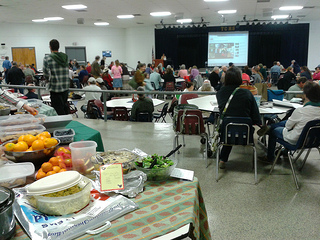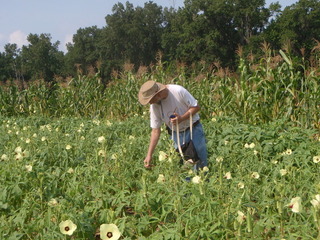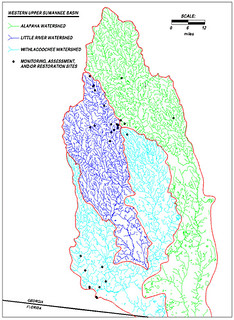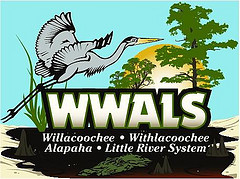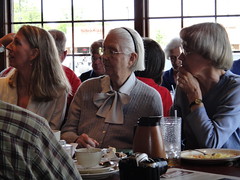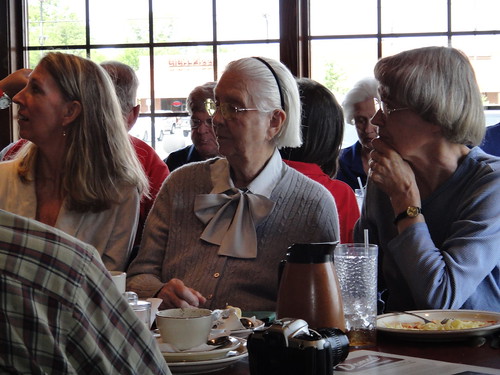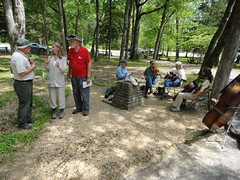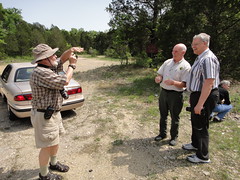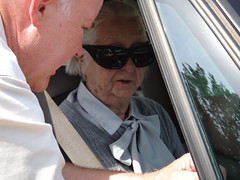 What has about 300 heads and eats really well?
A local agriculture conference coming to Lowndes County 24 January 2014.
What has about 300 heads and eats really well?
A local agriculture conference coming to Lowndes County 24 January 2014.
South Georgia Growing Local 2014 is a local food conference for growers, consumers, homesteaders in South Georgia. Farm Tours 1/24 — Conference 1/25
 You can like the
facebook page
and join events there
for the conference itself on January 25th
and for
the farm tours on January 24th.
Agritourism has come to Lowndes County!
This is one reason a wide variety of organizations, including two Chambers of Commerce, are supporting this conference:
it will fill hotel rooms.
Even more, it’s about longterm local economy through growing and buying food right here in south Georgia and north Florida.
All that and it tastes good, too!
You can like the
facebook page
and join events there
for the conference itself on January 25th
and for
the farm tours on January 24th.
Agritourism has come to Lowndes County!
This is one reason a wide variety of organizations, including two Chambers of Commerce, are supporting this conference:
it will fill hotel rooms.
Even more, it’s about longterm local economy through growing and buying food right here in south Georgia and north Florida.
All that and it tastes good, too!
